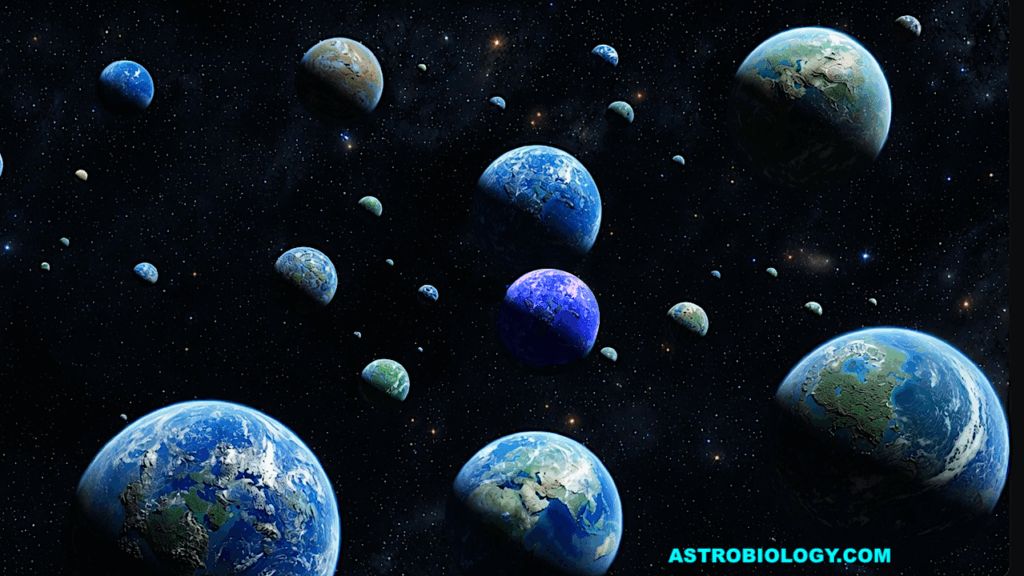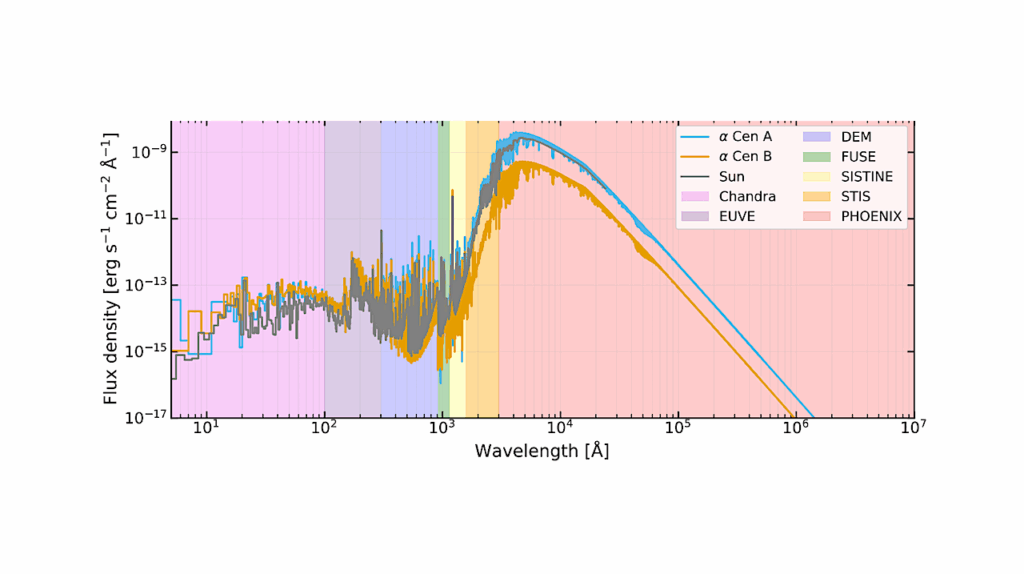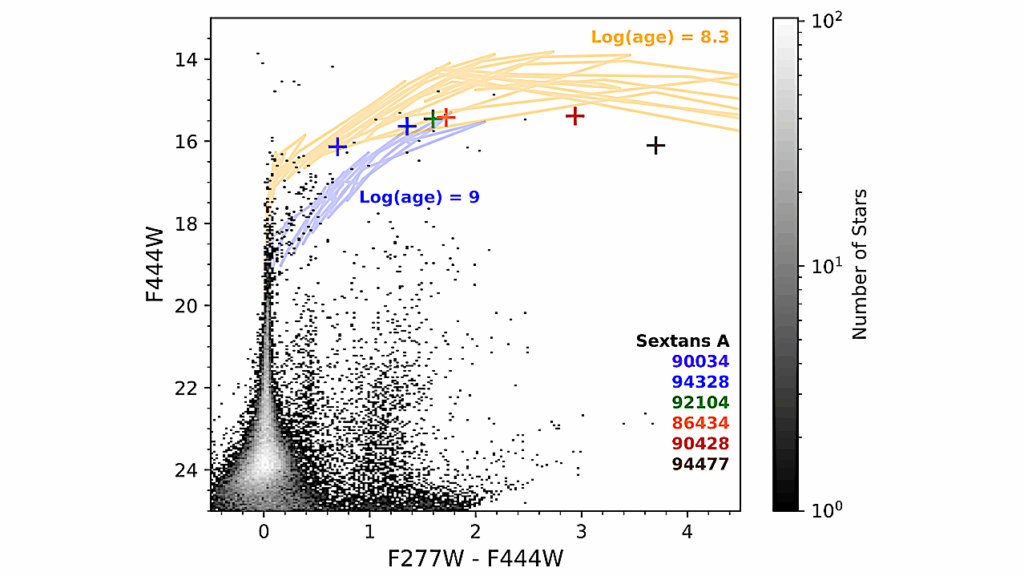Awesome SOSS: Atmospheric Characterisation of WASP-96 b using the JWST Early Release Observations

The newly operational JWST offers the potential to study the atmospheres of distant worlds with precision that has not been achieved before.
One of the first exoplanets observed by JWST in the summer of 2022 was WASP-96 b, a hot-Saturn orbiting a G8 star. As part of the Early Release Observations program, one transit of WASP-96 b was observed with NIRISS/SOSS to capture its transmission spectrum from 0.6-2.85 microns.
In this work, we utilise four retrieval frameworks to report precise and robust measurements of WASP-96 b’s atmospheric composition. We constrain the logarithmic volume mixing ratios of multiple chemical species in its atmosphere, including: H2O = −3.59+0.35−0.35, CO2 = −4.38+0.47−0.57 and K = −8.04+1.22−1.71.
Notably, our results offer a first abundance constraint on potassium in WASP-96 b’s atmosphere, and important inferences on carbon-bearing species such as CO2 and CO. Our short wavelength NIRISS/SOSS data are best explained by the presence of an enhanced Rayleigh scattering slope, despite previous inferences of a clear atmosphere – although we find no evidence for a grey cloud deck. Finally, we explore the data resolution required to appropriately interpret observations using NIRISS/SOSS.
We find that our inferences are robust against different binning schemes. That is, from low R=125 to the native resolution of the instrument, the bulk atmospheric properties of the planet are consistent. Our systematic analysis of these exquisite observations demonstrates the power of NIRISS/SOSS to detect and constrain multiple molecular and atomic species in the atmospheres of hot giant planets.
Jake Taylor, Michael Radica, Luis Welbanks, Ryan J. MacDonald, Jasmina Blecic, Maria Zamyatina, Alexander Roth, Jacob L. Bean, Vivien Parmentier, Louis-Philippe Coulombe, Adina D. Feinstein, Néstor Espinoza, Björn Benneke, David Lafrenière, René Doyon, Eva-Maria Ahrer
Comments: 12 pages, 5 Figures. Accepted for publication in MNRAS. Companion paper to Radica et al., 2023
Subjects: Earth and Planetary Astrophysics (astro-ph.EP)
Cite as: arXiv:2305.16887 [astro-ph.EP] (or arXiv:2305.16887v1 [astro-ph.EP] for this version)
https://doi.org/10.48550/arXiv.2305.16887
Focus to learn more
Related DOI:
https://doi.org/10.1093/mnras/stad1547
Focus to learn more
Submission history
From: Jake Taylor
[v1] Fri, 26 May 2023 12:46:37 UTC (13,461 KB)
https://arxiv.org/abs/2305.16887
Astrobiology








